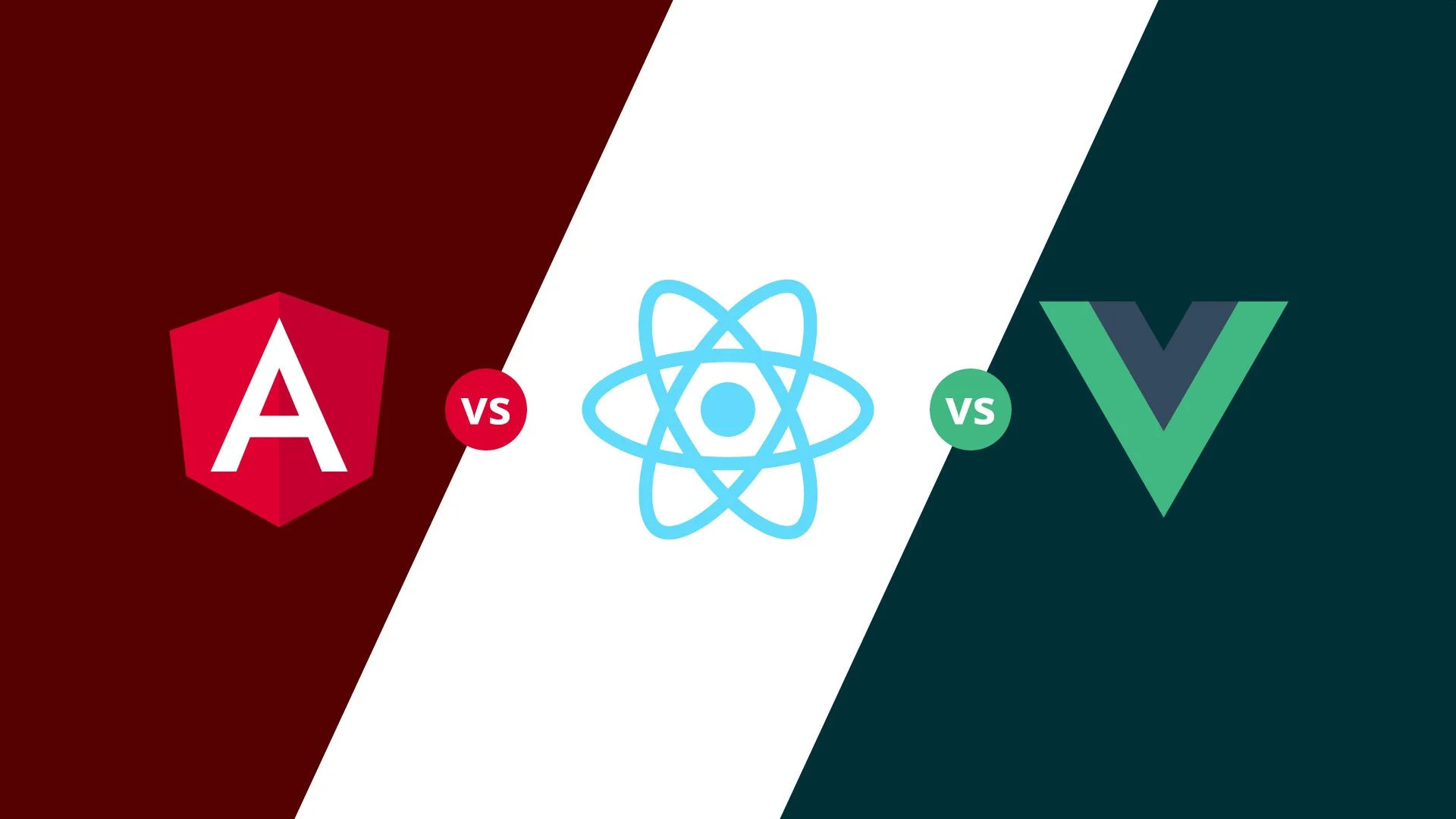Web development has come a long way in recent years, with the emergence of new frameworks and tools that make the process easier, faster, and more efficient. Some of the most popular web development frameworks today are React, Angular, and Vue.js. In this article, we will compare these three frameworks to help you make an informed decision about which one to choose for your next web development project.
React
React is a JavaScript library developed by Facebook that allows developers to build dynamic user interfaces with ease. It uses a component-based architecture that makes it easy to create reusable UI elements, which can be combined to form complex interfaces. React is known for its fast rendering speed, which is achieved through a virtual DOM that reduces the number of updates needed to keep the UI in sync with the data.
React is also highly flexible, as it can be used with a variety of other tools and libraries, including Redux for state management, Next.js for server-side rendering, and React Native for mobile app development. Its popularity has led to a large and active community, which means there are plenty of resources and tutorials available for learning and troubleshooting.
Angular
Angular is a comprehensive web development framework developed and maintained by Google. It uses a component-based architecture similar to React, but it also includes features for routing, forms handling, and dependency injection. Angular is a full-featured framework that provides everything you need to build complex web applications, including support for TypeScript, a powerful static type-checking language that helps catch errors before they happen.
One of the main advantages of Angular is its strict structure, which makes it easier to maintain large-scale projects. It also includes a built-in testing framework, which makes it easy to write and run tests to ensure that your application is working as expected.
Vue.js
Vue.js is a progressive JavaScript framework that is designed to be lightweight and easy to learn. It uses a reactive data binding system that allows developers to declaratively render UI elements based on changes to the data. Vue.js is highly adaptable and can be used for everything from small, single-page applications to large-scale enterprise applications.
One of the main advantages of Vue.js is its simplicity, which makes it easy to get started with and to integrate into existing projects. It also includes features like built-in state management and routing, which makes it a good choice for smaller projects where a full-featured framework like Angular may be overkill.
Comparison
When comparing React, Angular, and Vue.js, there are a few key factors to consider:
- Learning Curve: React and Vue.js are both relatively easy to learn, while Angular has a steeper learning curve due to its comprehensive feature set.
- Performance: React is known for its fast rendering speed, while Angular and Vue.js are both slower but still perform well for most applications.
- Community Support: React has a large and active community, while Angular and Vue.js have smaller but still significant communities.
- Size: Vue.js is the smallest of the three frameworks, while Angular is the largest due to its comprehensive feature set.
- Ecosystem: React has a wide ecosystem of tools and libraries, while Angular and Vue.js both have more limited ecosystems.
Ultimately, the choice of which framework to use will depend on your specific needs and preferences. If you’re looking for a lightweight, easy-to-learn framework, Vue.js may be the best choice. If you need a comprehensive, full-featured framework with strong structure, Angular is a good option. And if you’re looking for a fast, flexible framework with a large community and wide ecosystem, React is the way to go.
Conclusion: Choosing the right web development framework depends on the specific needs of the project. React, Angular, and Vue.js are all popular and widely used frameworks that provide different features and benefits. It is essential to analyze the strengths and weaknesses of each framework and choose the one that best suits the project’s requirements.

